The Clinical Markers to Look for when Diagnosing Covid-19
- immunoshop
- Mar 25, 2020
- 5 min read
Updated: Apr 1, 2020
COVID-19 ( Coronavirus Disease-19 ) is an infectious and communicable disease which is shown to be caused by severe acute respiratory syndrome coronavirus 2 (SARS-CoV-2).
The disease has shown its origin from Wuhan, China in 2019. And has since then spread globally, wherein WHO declared coronavirus pandemic.

Covid-19 Clinical course of infection
The clinical features of COVID-19 are varied, ranging from asymptomatic state to acute respiratory distress syndrome and multi organ dysfunction. The common clinical features include fever (not in all), cough, sore throat, headache, fatigue, headache, myalgia and breathlessness. Thus, they are indistinguishable from other respiratory infections. In a subset of patients, by the end of the first week the disease can progress to pneumonia, respiratory failure and death. Diagnosis COVID- 19 is basically diagnosed by initial symptoms like fever, sore throat and cough and people who have history of travel to other areas showing local transmission or coming in contact with patients travel history or coming in contact with those with confirmed COVID-19 infection.
However cases may be asymptomatic or even without fever. A confirmed case is a suspect case with a positive molecular test. The specific diagnosis is by specific molecular tests on respiratory samples (throat swab/ nasopharyngeal swab/ sputum/ endotracheal aspirates and bronchoalveolar lavage). The commercial kits have been developed to specifically diagnose the disease. Listed below are the other laboratory investigations that are usually non- specific. But which can help in monitoring the disease for better outcome.
Sepsis / Septic Shock Marker
PCT- The PCT or Procalcitonin level for the patients are normal but many a times COVID-19 patients present sepsis or septic shock indicating bacterial co-infection or sepsis indicated in community acquired pneumonia due to viral infection.
Inflammatory Markers CRP
Although CRP does not normally elevate significantly in mild viral respiratory infections, ,a similar significant increase of CRP has also been reported in COVID-19 patients. One possible explanation for this phenomenon is the overproduction of inflammatory cytokines that take part in the defense against the pathogen, but also cause more severe symptoms and damage in lung alveoli and stimulate CRP production. Therefore, CRP testing may be useful in the initial evaluation of coronavirus patients.
Cytokine Storm Syndrome
1. Critically important studies emerging from China suggest that for many patients who die of Covid-19, it may be their own immune system, rather than the virus itself, that deals the fatal blow. The hyper immune response from the patients leads to damage of healthy lung tissues which can cause acute respiratory distress and multi organ failure. This is called a cytokine storm. Untreated, cytokine storm syndrome is usually fatal.
a) Ferritin: Cytokine Storm Syndrome (CSS) is very common with COVID-19 due to overreaction which can be detected by high levels of Ferritin found in the patients. Ferritin tests can be used as first screening tests for the patients with possibility of Cytokine Storm Syndrome and having high fevers. The increased ferritin might indicate severe secondary bacterial infection in COVID-19, and might be utilized as a marker of poor prognosis.
b) IL-6 - Some recent articles highlight the Importance of IL-6 measurement in the follow-up of patient infected by COVID-19. The marker can be monitored to make the best outcome for CSS.
c) SAA: Serum amyloid A (SAA) is a highly conserved acute-phase protein, released in response to inflammation or infection. Production of acute-phase SAA (A-SAA) is stimulated by proinflammatory cytokines, such as interleukin-6 (IL-6), Il-1, tumor necrosis factor (TNF), interferon-γ, and transforming growth factor- (TGF-). The concentration of A-SAA increases dramatically during acute inflammation and injury, reaching within 5-6 hours levels that are 1000-fold greater than normal. The mean SAA level is significantly higher in patients with plaques as a manifestation of advanced atherosclerosis. Significantly higher mean SAA concentration is also noticed in patients with increased Cys-C level as an early marker of chronic kidney disease (CKD).
AKI (Acute Kidney Injury) Markers
a) Albumin: Recent studies showed a high rate of renal abnormalities in corona-positive patients wherein the COVID-19 patients presented elevated levels of albumin in urine (=proteinuria), a symptom of kidney damage.
b) Beta- 2 Microglobulin: Many studies have shown that a raised serum beta 2- microglobulin concentration can be induced by several forms of virus infection. The marker can thus be helpful to diagnose the viral infection and differentiate from the bacterial infection.
Cardiac Markers
a) Ferritin: Cytokine Storm Syndrome (CSS) is very common with COVID-19 due to over reaction which can be detected by high levels of Ferritin found in the patients. This is a good first screening tool for the possibility of a cytokine storm syndrome in sick patients with high fevers. The increased ferritin might indicate severe secondary bacterial infection in COVID-19, and might be utilized as a marker of poor prognosis.
b) IL-6 - Some recent articles highlight the Importance of IL-6 measurement in the follow-up of patient infected by COVID-19. The marker can be monitored to make the best outcome for CSS.
c) SAA: Serum amyloid A (SAA) is a highly conserved acute-phase protein, released in response to inflammation or infection. Production of acute-phase SAA (A-SAA) is stimulated by proinflammatory cytokines, such as interleukin-6 (IL-6), Il-1, tumor necrosis factor (TNF), interferon-γ, and transforming growth factor- (TGF-). The concentration of A-SAA increases dramatically during acute inflammation and injury, reaching within 5-6 hours levels that are 1000-fold greater than normal. The mean SAA level is significantly higher in patients with plaques as a manifestation of advanced atherosclerosis. Significantly higher mean SAA concentration is also noticed in patients with increased Cys-C level as an early marker of chronic kidney disease (CKD).
4. AKI( Acute Kidney Injury) Markers
a) Albumin: Recent studies showed a high rate of renal abnormalities in corona-positive patients wherein the COVID-19 patients presented elevated levels of albumin in urine (=proteinuria), a symptom of kidney damage “This shows that COVID-19 also attacks the kidneys, not just the lungs.”
b) Beta- 2 Microglobulin: Many studies have shown that a raised serum beta 2- microglobulin concentration can be induced by several forms of virus infection. The marker can thus be helpful to diagnose the viral infection and differentiate from the bacterial infection.
5. Cardiac Markers
a) D- dimer: In a recent study, 90% of inpatients with Pneumonia had increased coagulation activity, marked by increased d-dimer concentrations.It has been found that when d-dimer is greater than 1 μg/mL, it is associated with fatal outcome of COVID-19. High levels of d-dimer have a reported association with 28-day mortality in patients with infection or sepsis identified in the emergency department.
b) hs Trop-I: Coronary heart disease has also been found to be associated with acute cardiac events and poor outcomes in influenza and other respiratory viral infections. In a recent study, increased high-sensitive cardiac troponin I during hospitalisation was found in more than half of those who died.
Get the combination of these tests on automation with our emergency care CLIA analyser , fully automated nephelometry and ELISA kits.
References:
1) Correlation Analysis Between Disease Severity and Inflammation-related Parameters in Patients with COVID-19 Pneumonia, Jing Gong 1, Hui Dong 2, Qingsong Xia 2, Zhaoyi Huang 1, Dingkun Wang 1, Yan, Zhao 1, Wenhua Liu 3, Shenghao Tu 1, Mingmin Zhang 1, Qi Wang 2*, Fuer Lu 2*
2) Are Kidneys Targeted by the Novel Coronavirus?, cathlabdigest.com/content/are-kidneys-targeted-novel-coronavirus
3) Levels of the serum amyloid A protein (SAA) in normal persons of different age groups, W. HIJMANS * & JEAN D. S IPE The Laboratory ofExperimental Pathology, National Institute ofArthritis, Metabolism and Digestive Diseases, National Institutes ofHealth, Bethesda, Maryland 20014, USA and the Institutefor Experimental Gerentology TNO, Rijswijk, The Netherlands, Clin. exp. Immunol. (1979) 35, 96-100.
4) Coronaviruses and the cardiovascular system: acute and long-term implications, Tian-Yuan Xiong1, Simon Redwood 2, Bernard Prendergast 2,3*, and Mao Chen1*, European Heart Journal (2020) 0, 1–3
5) The Novel Coronavirus 2019 epidemic and kidneys, Kidney International (2020)


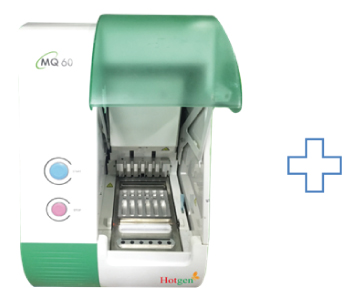

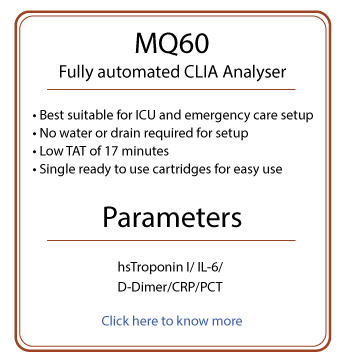

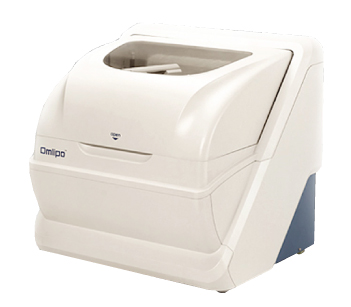

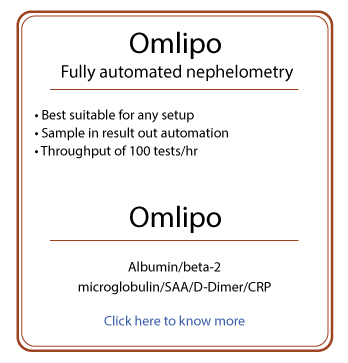



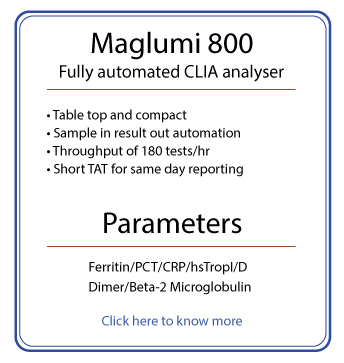
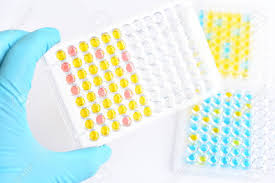

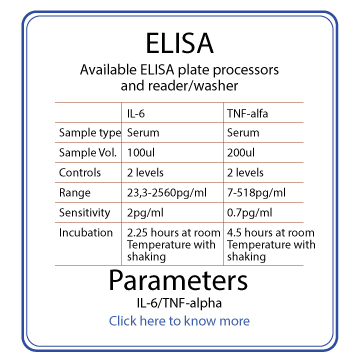



Comments